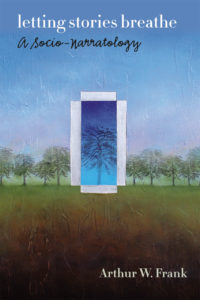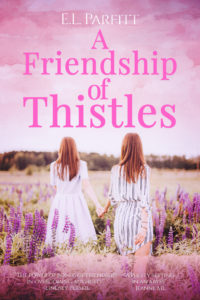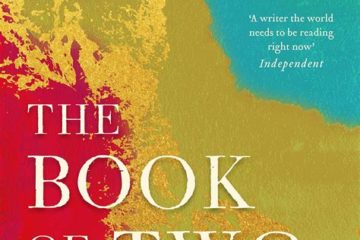
Socio-narratology: what is it?
‘People’s access to narrative resources depends on their social location: what stories are told where they live and work, which stories do they take seriously or not, and especially what stories they exchange’ (Frank, 3).
I had been looking at socio-psychology as a form of analysis when Jack Zipes suggested a book that he had just reviewed himself. ‘This is a splendid book, and anyone who takes storytelling seriously should find the time to explore’ (Jack Zipes, Living Through Stories, Review by email, April 2012). I had already heard a few people mention Arthur W. Frank’s book The Wounded Storyteller, but this one seemed more relevant for my research.
I didn’t know anything about dialogical narrative analysis prior to reading this book. Like socio-narratology, dialogical analysis includes what a story does, how it connects and disconnects people, and that there are numerous possibilities when it comes to interpretation. Socio-narratology is practiced via dialogical analysis, learning from storytellers how to use stories appropriately and in what setting. There is no set way of doing this. I rather like that it is so fluid: unless I’m completely missing the point. Overall it is very confusing; at the same time it makes perfect sense. Frank’s writing style is representative of the quality of his experience in the field. I like the questions he raises and how he phrases his discussion in a creative way.
Huh?!
The main concept that I understood from Letting Stories Breathe is that this form of analysis encourages working with those you are studying, forming a relationship, opening a dialogue, and learning from this dialogue as a researcher. Dialogical analysis accepts that we cannot know all the inner workings of another person, as people are constantly changing. But we can acknowledge our own weaknesses and predispositions—as a result of our own social conditioning—as a part of the interpretation process.
Frank talks about what stories do, how they work, and provides some possible perspectives, when considering methods of analysis. He considers, in chapter six, that dialogical analysis ‘begins with how stories give people a sense of who they are’ (Frank, 159). From this we can progress into the way in which connections are formed in people’s ‘inner library’ of stories. The way in which this creates bonds between groups and communities; bringing us back to what narratives do and how they do it.
Emotions and stories
Although I am looking at the emotional benefits that fictional stories provide, Letting Stories Breathe is relevant to my work with storytelling because it stresses the importance of ‘story and storyteller working together’ (Frank, 107). Dialogical analysis attempts to unravel how stories affect individuals and become woven into a sense of cultural identity; between friends, acquaintances, businesses, and the community.
Do you agree with what I am saying? Please support my work, make a donation via the Paypal button at the top of this blog. Thank you.
Learn more about Emma’s writing
If you are looking for a book to read about sisterhood and the resilience of friendship check this out:

Perhaps you would also like the Seven Sisters series?




0 Comments